Life is so much better when you get along with your neighbors. Plants agree! That’s why companion planting can help your garden thrive and flourish.
Companion planting is simple:
Companion planting is a gardening technique that involves planting different types of plants in close proximity to one another to take advantage of the beneficial interactions they can have. There are a few different ways plants can form symbiotic relationships with each other:
- Pest control: Certain plants emit natural compounds or scents that can repel or deter pests. By interplanting these pest-repelling plants with susceptible crops, you can reduce the risk of pest infestations without resorting to chemical pesticides.
- Natural pollination: Some plants attract pollinators like bees and butterflies, which are essential for the fertilization of flowers and fruit production. When you companion plant flowers with vegetable crops, you enhance pollination and potentially increase yields.
- Provide shade: Planting taller plants that need full sun next to those that like more shade is a space-saving strategy.
- Save space: Companion planting allows you to make the most of your garden space by intercropping or growing plants that have different growth habits. For example, vining plants can be grown vertically on trellises to save space.
-
Soil improvement: Different plants have varied root structures and nutrient requirements. Companion planting can help optimize soil health by creating a balanced ecosystem where certain plants add or take specific nutrients from the soil, preventing depletion of essential elements.
-
Weed suppression: Some plants have allelopathic properties, which means they release natural chemicals that inhibit the growth of certain weeds. By incorporating these plants into your garden, you can help suppress weed growth and reduce the need for manual weeding.
-
Increased biodiversity: Companion planting encourages biodiversity in your garden, promoting a healthier and more resilient ecosystem. A diverse range of plants attracts diverse wildlife, beneficial insects, and microorganisms, contributing to the overall health of the garden.
-
Disease control: Certain plants produce compounds that have antifungal or antibacterial properties, which can help protect neighboring crops from diseases. Companion planting can act as a natural defense mechanism against plant diseases.
-
Aesthetic appeal: Combining different plants in the garden can create beautiful and visually appealing arrangements. Mixing flowers, herbs, and vegetables can add color and texture to your garden space, making it an attractive and enjoyable place to spend time.

Any garden will benefit from companion planting but organic gardeners will find this practice especially useful. When you can repel pests without toxic pesticides by planting certain species together, you save yourself a lot of effort protecting your garden!
It's important to note that successful companion planting requires careful selection of compatible plant combinations and understanding the specific needs and interactions of different species. While companion planting can offer numerous benefits, it may not guarantee complete pest or disease control and should be combined with other integrated pest management practices for the best results.
The above companion planting chart is now available as a physical poster print. CLICK HERE to see it in the shop.


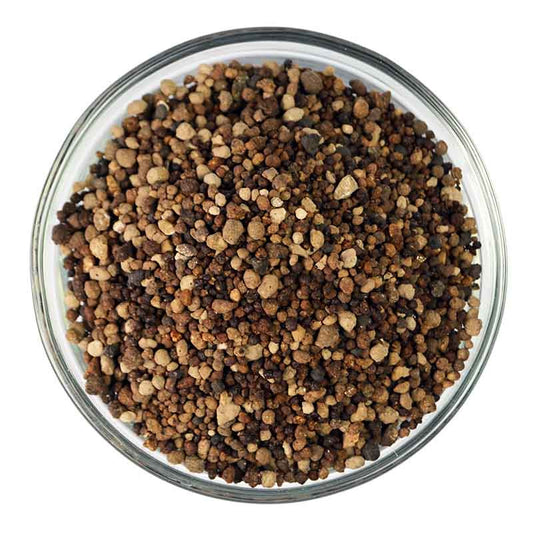
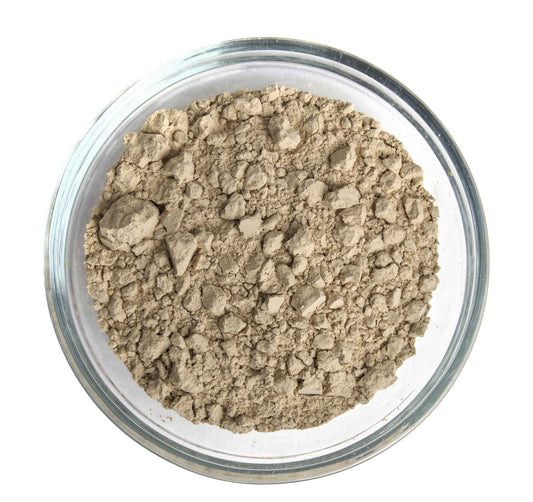
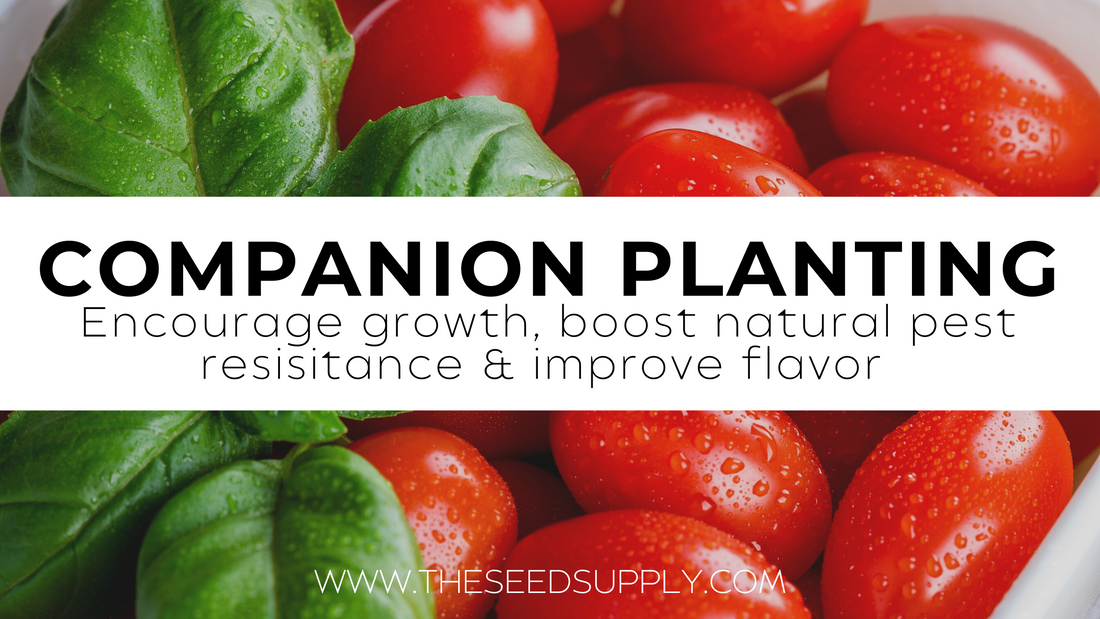
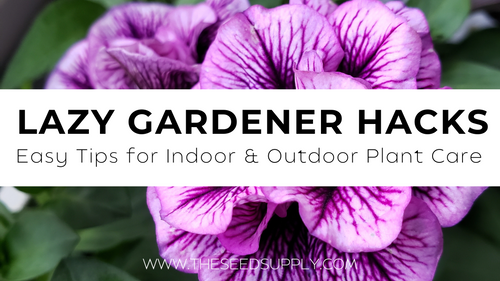
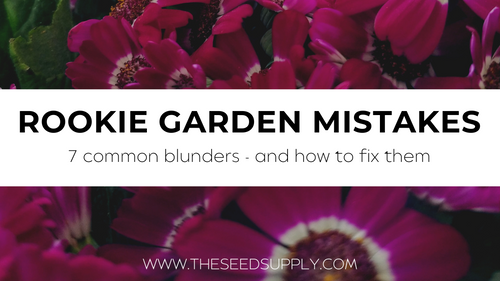
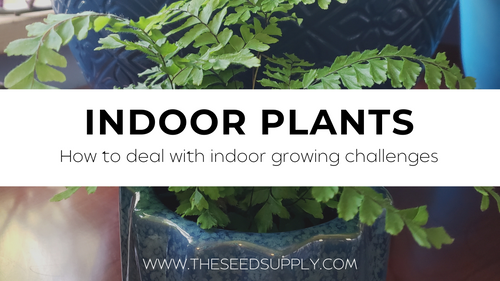
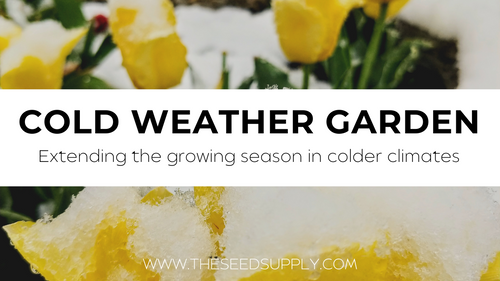
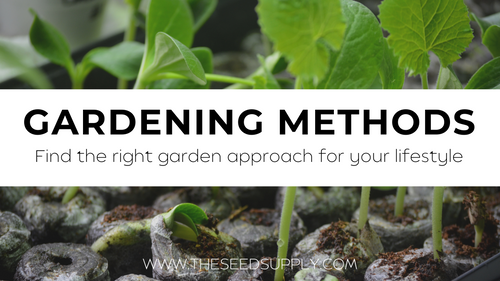
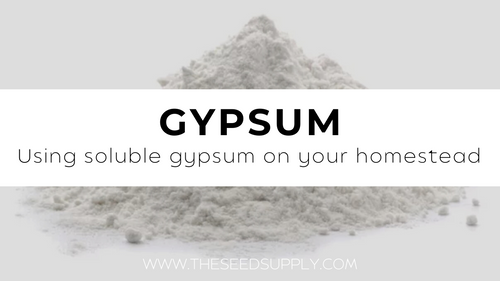
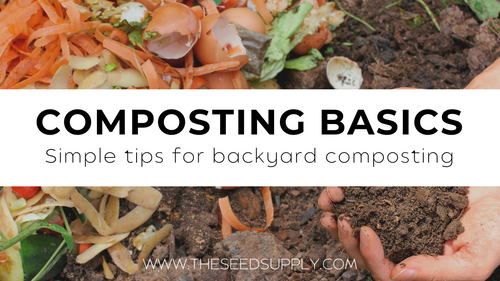
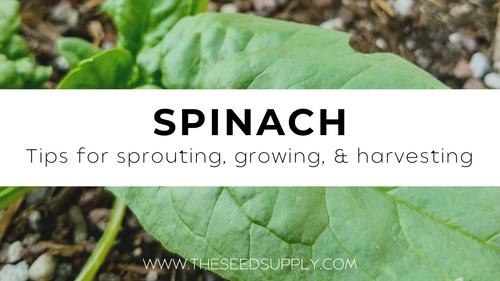
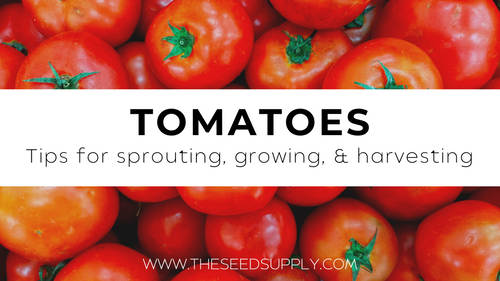
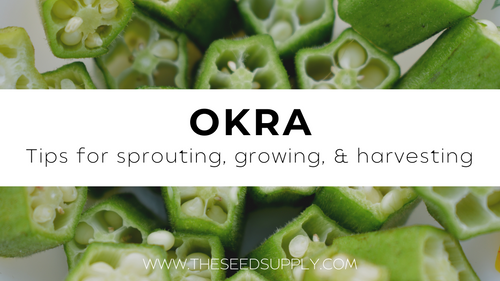
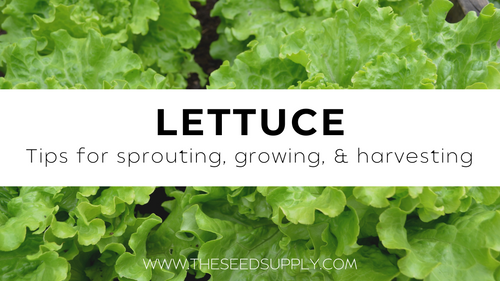
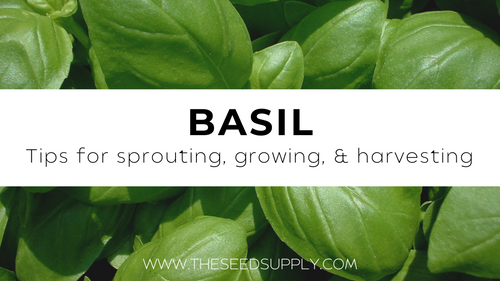
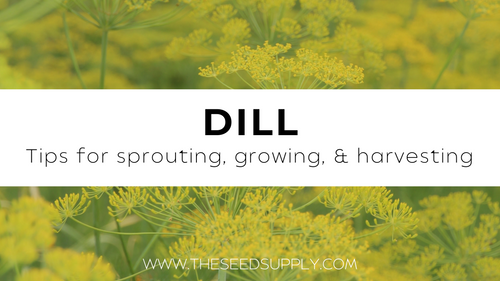
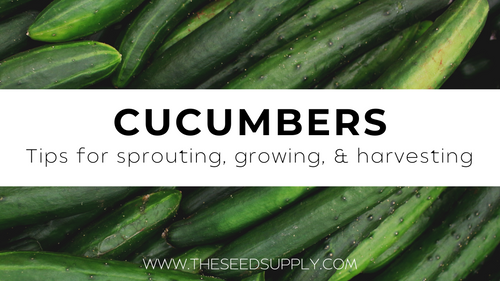
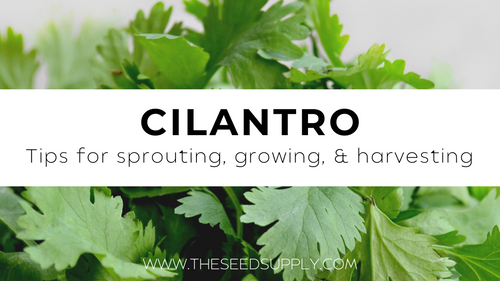
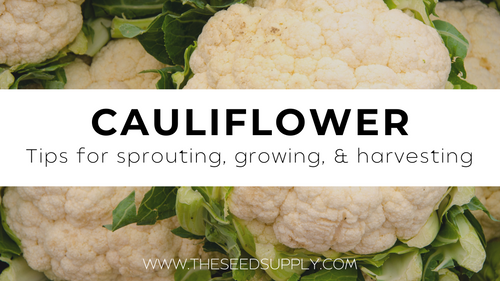
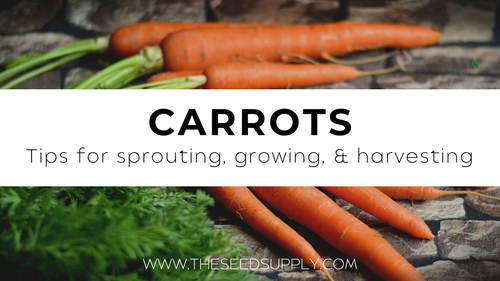
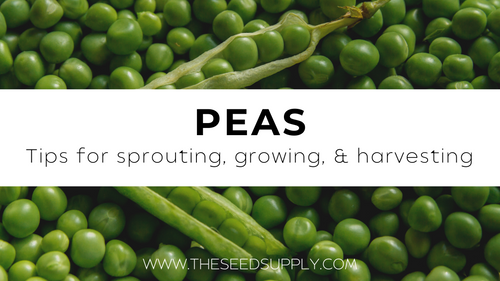
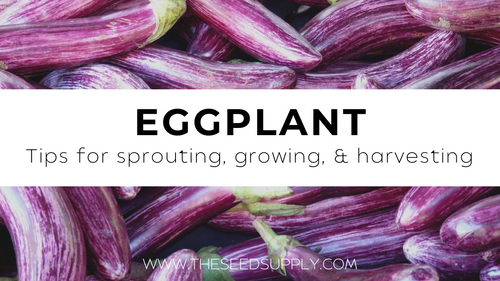
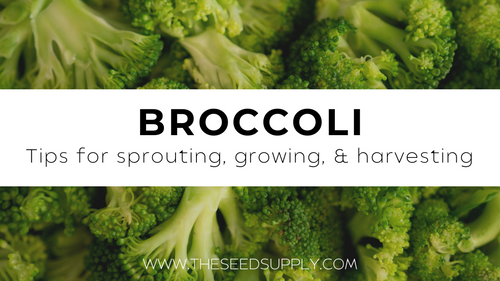
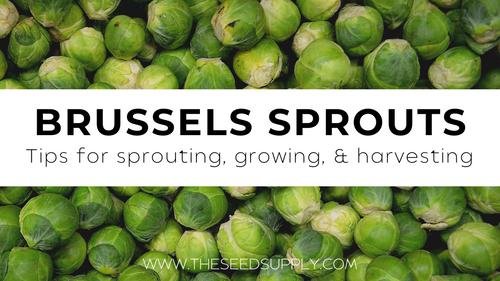
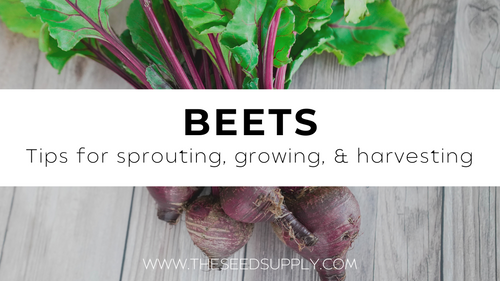
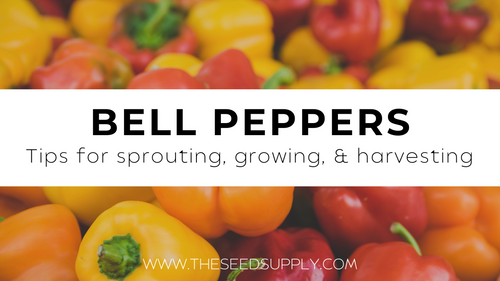
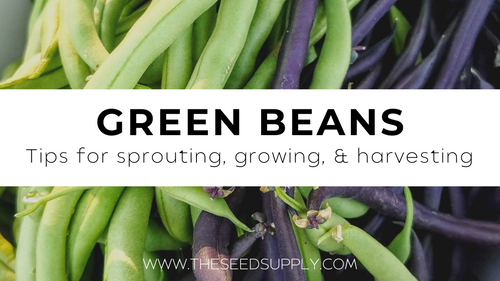
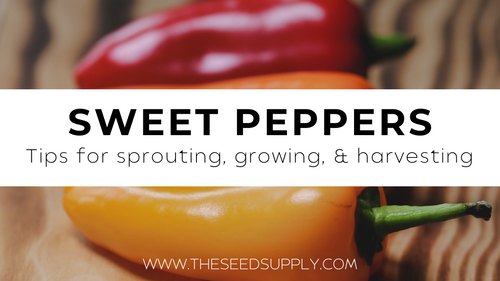
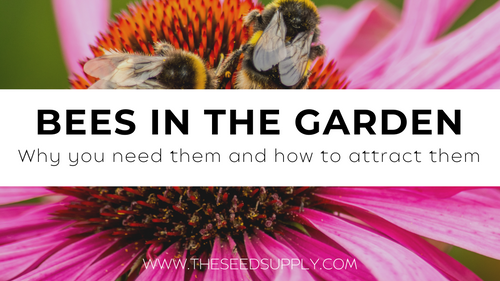
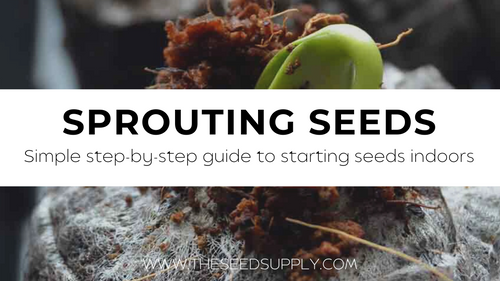
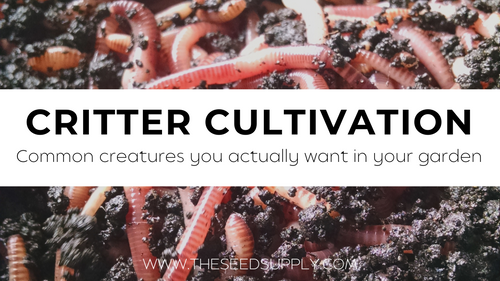
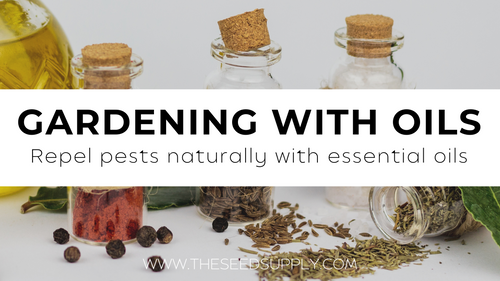
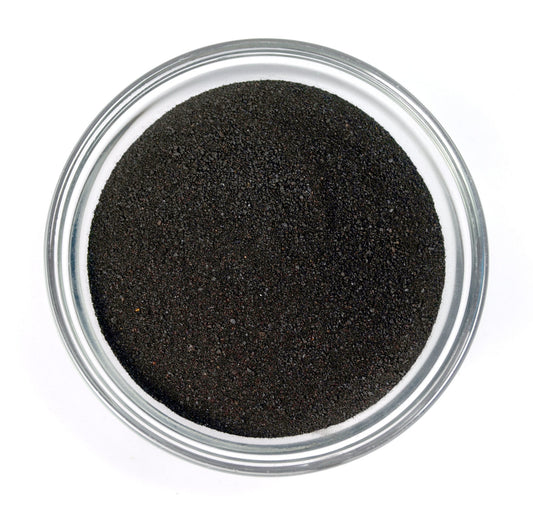
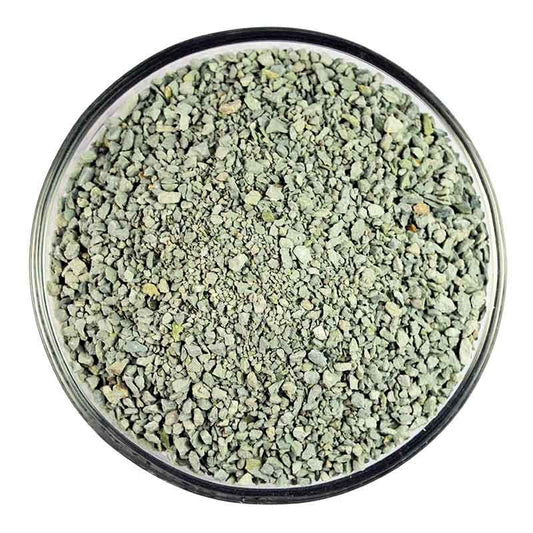
5 comments
Really appreciate this chart! Thank you!
Thank you for sharing this chart! Do you have a printable version available?
Most important in small area. Thank you
This is extremely interesting, something I strongly believe in. It works, just try it.
thank you